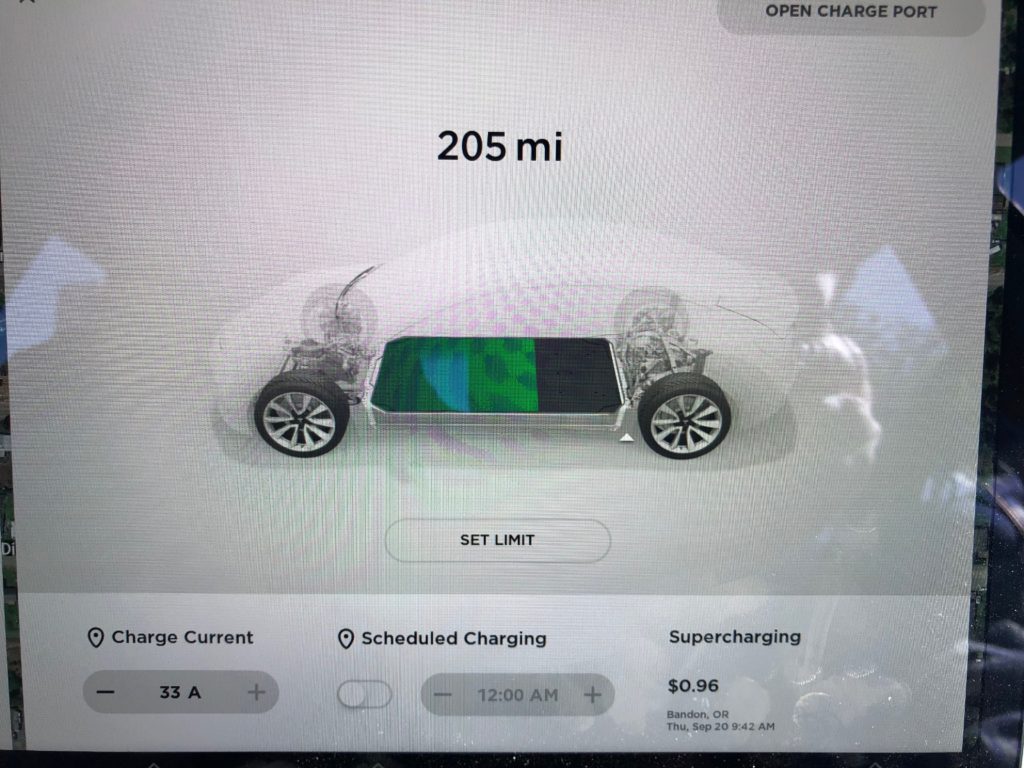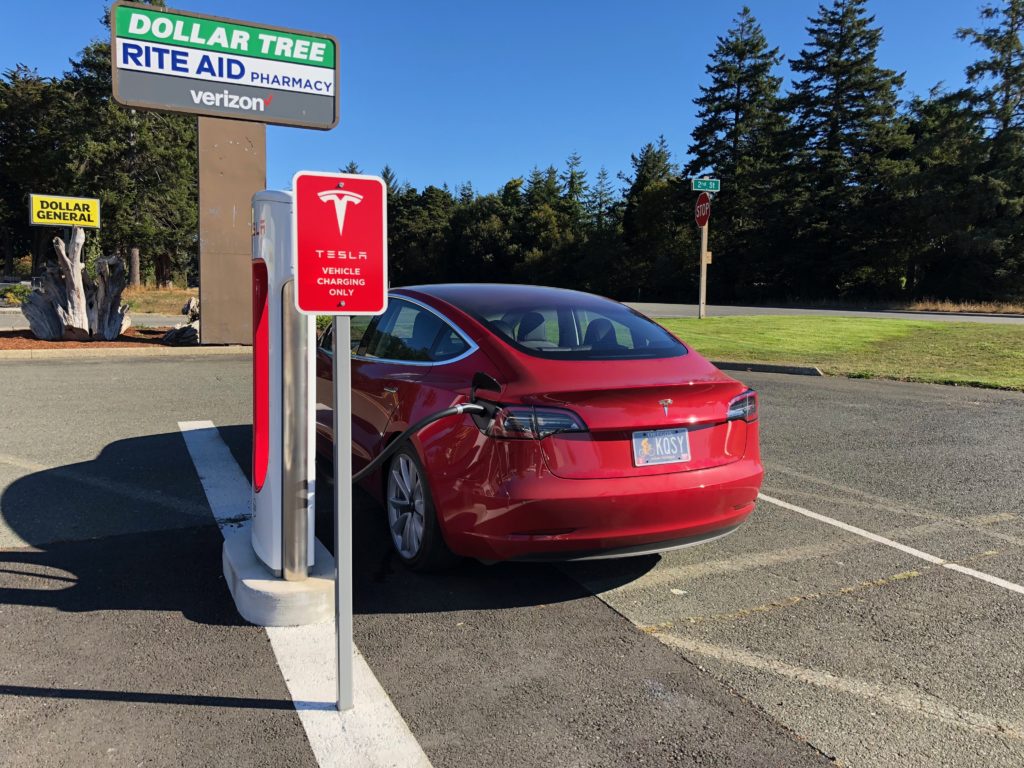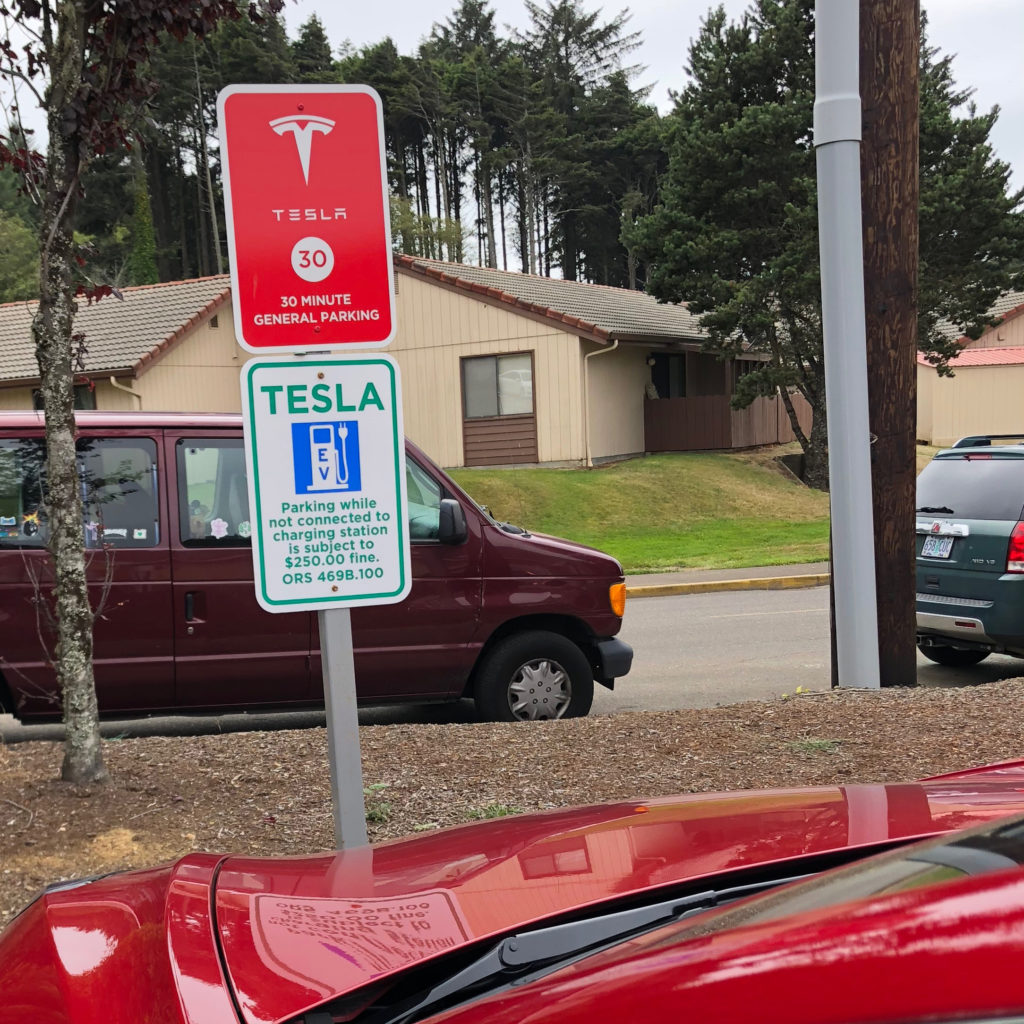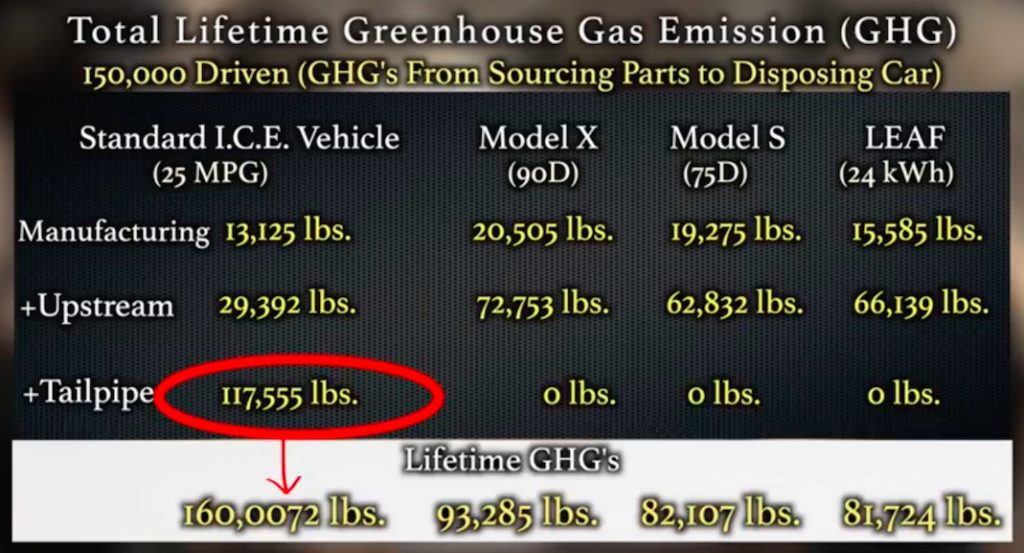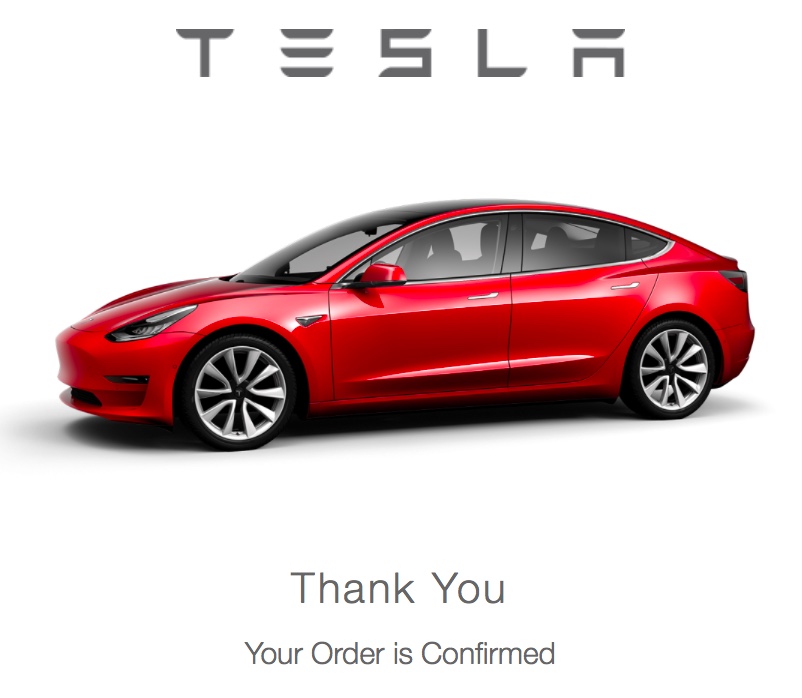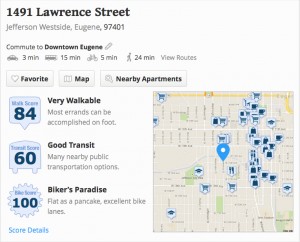YOU DON’T NEED TO “FILL UP”
With a gas car on a trip, usually, you will pull in to a station, fill up to 100%, then go on with the rest of your trip. That mindset has been so ingrained in us that when we got Scarlett, we thought we had to always get to 100% when charging on a trip. Old habits.
Yet, that isn’t the case and isn’t even the best way to go with an EV. So some rethinking and retraining has been occurring in our minds.
First, when charging an EV, getting from 90% to 100% takes a proportionately longer time. So while you may be able to go from 20% to 90% in 30 minutes, it could take another 30 minutes to go from 90% to 100%. And with Superchargers every 100 miles or so along the road, it isn’t necessary.
Second, if you can plan your charging around lunch or coffee stops, as I mentioned in my last post, the time it takes to charge can overlap with the time you would have been parked anyway.
I mentioned how we charged in Ukiah. We stopped, plugged in and went to lunch. By the time we returned, I think we were at 85% or 90% charge with plenty of distance to get to our next stop in Sacramento, just 150 miles away.
Having learned this, on our way home, we had planned to stop again in Eureka. Our lodging this time was not near the Supercharger. After our experience on the way down, we decided to see if there was a dinner spot near the Supercharger. We found a German restaurant across the street and decided to charge that evening while eating dinner. This time, it worked seamlessly AND we found a wonderful restaurant with amazing food at reasonable prices. Thank you, Yelp!
We did the same thing at the charger in Crescent City for lunch and found another excellent restaurant. And it was maybe four blocks from the charger.
I think we are now getting into a change of our habits while traveling and charging. We are slowly getting past the need to “fill up” and shifting our thinking to be more strategic. Now on a road trip, I think we can reduce that 30 minutes extra charging time to 10 or 15 minutes tops.
But for now, we’re back home for a while and charging in our garage during the sunny days that are still left to us this fall with our solar.
This takes zero extra time and costs almost nothing.

